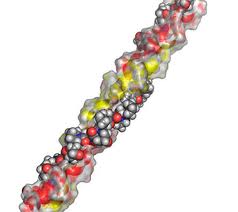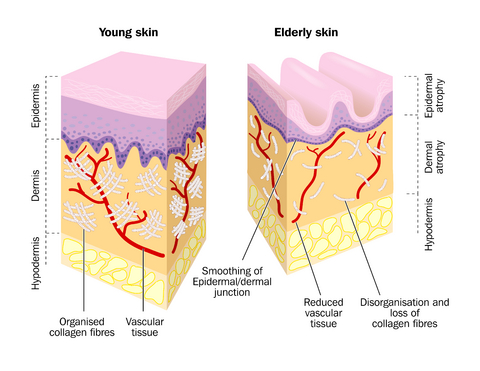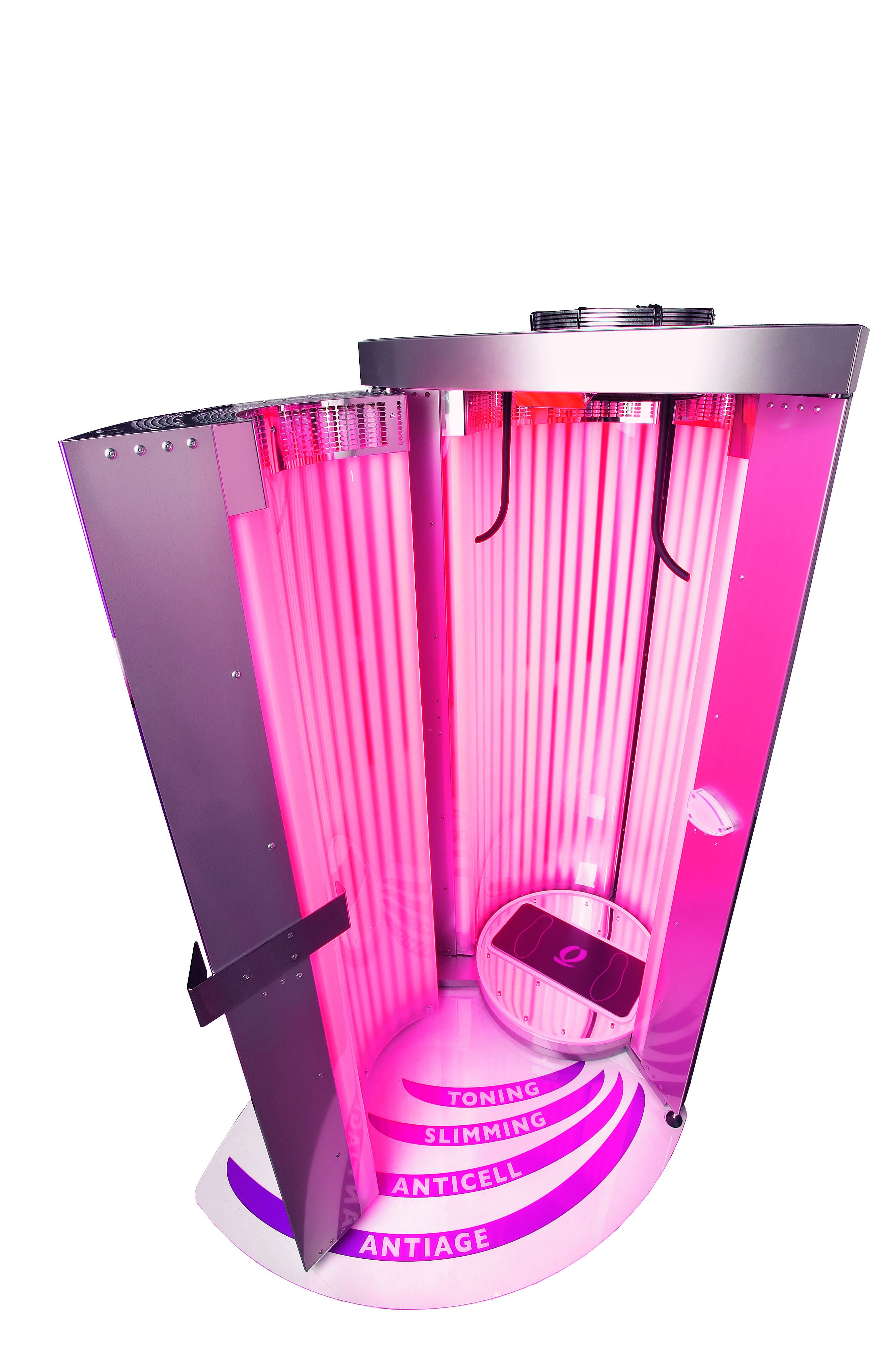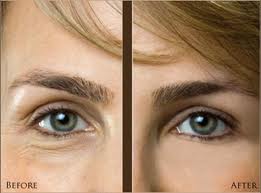Collagen Information
Well, here we are on the Collagen page. What is all the fuss about?
This is an attempt to analyse the information about Collagen beds, to gauge whether we are looking at just a current trend, (what I would call a fad) or if the revolution we are being told about has any real credence. There have been many new things brought to market in our industry over the years, and whilst some have been good for the industry, some have been grossly over played and should never have been taken seriously.
After months of looking at this subject and hundreds of hours of painstaking research, we have decided to write a detailed section about the benefits and effects of Collagen as emitted from a low pressure tube, fitted into a sunbed. And, whilst not wanting to bore the pants of you, it is worth a read before you get your money out. But firstly, we need to look at the background to this substance in order to understand its importance to us and our industry, and more importantly, to our clients.
What is Collagen.

Collagen is a type of protein. Fibrous in nature, it connects and supports other bodily tissues such as skin, bone, muscles and cartilage. Indeed, Collagen is one of the main proteins in the body of mammals, including humans. Some people refer to Collagen as the glue that holds the body together.
Collagen fibres are built into organic elements which form complicated structures of inner and outer membranes of the organs. Collagen is the basic building material of fibrous connective tissue of living organisms. Nineteen different amino acids take part in building Collagen. Some of these amino acids appear in different proteins, but very seldom, and in small quantities. Such amino acids are used in quantitative chemical determination. Research has proved explicitly that the skin ageing process occurs in connective tissue, whose main ingredient is Collagen.
Collagen constitutes 30?~PC of the total mass of proteins present in the human body. However, there are 29 different types of Collagen of which each type has a different structure and purpose. It takes part in the vital functions of nearly all systems, organs and tissues.
Since Collagens are so important within the body, it stands to reason that Collagen deficiencies can be problematic. In fact, there are some genetic diseases that are associated with Collagen deficiencies. For example, Osteogenesis Imperfecta, commonly referred to as Brittle Bone Disease, results from a significantly decreased level of Collagen. It can also result from the presence of collagen which is of lower quality than normal.
A lack of Collagen can cause disorders within the immune system which can be most damaging to health, because Collagen has a very important defensive function. It limits the absorption and spreading of pathogenic substances, environmental toxins, micro-organisms and cancerous cells.
In addition to being so important in the body, Collagen also has many medical uses. It is used in some cosmetic surgery procedures. It is even used in treating and managing serious burns, where it is used in creating man-made skin substitutes.
Collagen and our skin.
Our skin is made up of various elements including the top layer, the epidermis, the sub layer, the dermis and a lower layer, the fat cells. The epidermis gives the protective function. The dermis is the support for the epidermis and is responsible for its tone by two proteins, Collagen to provide strength and elastin to provide elasticity. The fat cells beneath are an important reserve of energy.
The type of Collagen which we are mostly concerned with here is Type 1 which, along with soft keratin and elastin is responsible for skin strength and elasticity. It gives it form and provides firmness and strength, whilst also supporting the skins ability to retain moisture. Possessing great tensile strength, Collagen functions in a manner which is very different from other types of proteins. Collagen fibres are important in contributing to the external structure of cells such as skin.
As people age, however, Collagen degradation occurs as the human body loses the ability to rebuild this particular type of Collagen, leading to wrinkles and skin dryness. Collagen deficiency also causes age changes in the body, such as colour changes, cellulite, dull lifeless hair and nails.
As such, it is an important substance for those looking for ways to fight the visible effects of ageing on the skin.

Temporary treatments are available such as Collagen enhanced creams, but they only penetrate the top layers of the skin, and as we naturally shed skin every day, we lose the benefit very quickly. Tablets are also available, manufactured from substances extracted from bovine (cows), equine (horses), and porcine (pigs) collagens. However, these are not the correct type 1 variety so are also of limited use.
Collagen Red Light Therapy

What we really need is for our own bodies to start regenerating the Collagen in our skin cells for ourselves.
About 20 years ago, a German company started to produce a sunbed with coloured tubes which they claimed would have an effect on our bodies. The problem was that whilst it had been widely recognised for many years that light therapy can have a great influence on our lives, not enough was known about how to harness this, and more especially, we didn’t have the technology to manufacture it at the very specific wavelengths we needed to gain a benefit.
Whilst we understood that red light between 620 and 650 nanometres can give a beneficial effect on the skin it has recently been established that with a very specific output at 633 nanometres, that benefit can be quite outstanding.
Photo-bio-stimulation by red light emitted at low pressure, at this very specific wavelength affects the Collagen in the Fibroblast layer of our skin to effectively re-energise itself and increase its output of Type 1 Collagen.

Research has shown that the benefits are not instant, and that the way to benefit is by having a course of 3 sessions of 15 minutes per week over a period of at least 2 months. But, the results are there to be seen for yourselves. It should also be noted from the table shown, that the best way to gain a benefit is by using a whole body machine, in a salon, which has the correct power tubes fitted. Just as in suntanning, low power means much longer exposure is necessary, and as far as we can see, 10 to 15 watt tubes fitted in a small facial only unit would require you to sit with your face stuck in the box for an hour or more at a time. Who has that kind of time available to them?
General Conclusion.
For me, a natural sceptic, this investigation provided long and sometimes tedious reading, but it opens your eyes to the fact that we have a very effective, comfortable and convenient way of turning the tide on the ageing process to which we are all affected.
Collagen red light therapy can now be available to all simply by using a sunbed which is fitted with special Collagen tubes.
-
There is no UVA or UVB emitted from these tubes.
-
They will not give you a tan.
-
There is no pain involved as it is a non-surgical, non-invasive method.
-
It does not require a specialised operator.
-
The cost is many times less than laser treatment.
-
It is harmless to skin tissue.
-
It is easy to use and has no side effects.
To add further weight to this argument, should it be needed at all, the highly respected international testing institute, Farcoderm of Switzerland, together with the University of Pavia of Italy, undertook to carry out clinical tests of a Q-Med manufactured Collagen therapy machine, called a 42 Collagen Bodywave.
The tests were independant and the results were nothing short of astonishing. Without a doubt, Collagen Red Light Therapy is here and can only be described as the way forward to healthier, softer, better and younger looking skin.
Therefore, having treatment under Collagen Red Light Tubes as fitted in a sunbed, the following benefits are apparent:
-
Visible reduction of the appearance of facial skin wrinkles.
-
Softer feel to the skin.
-
Radiant, more youthful look to the skin.
-
Reduction of the appearance of cellulite.
-
Firmer looking skin.
-
Improved consistency of the skins natural colouration.
-
Stronger, more healthy looking hair.
-
Stronger, healthier nails.
-
Improved circulation through increased formulation of new capilliaries.
What proof do we have?
The following is just some of the vast array of information which is available to all on the internet.
Dr Harry Whelan, Professor of Neurology, Pediatrics & Hyperbaric Medicine at the Medical College of Wisconsin has studied its effects and written about it.
NASA has provided funds for research through its Marshall Space Flight Centre in Alabama.
Shin-ichiro Takezaki has written a paper about the subject: Phototherapy @633nm increases local levels of skin homing T-cels in human subjects: J Nippon Med Sch, 2006
R Glen Calderhead, MSc, DrMedSci, FRSM: The Photobiology of LED Phototherapy.
Marshall Star, Vol41/No.16, NASA space technology shines new light on healing.
G Kesava Reddy: Laser photostimulation of Collagen production.
Clinical/Instrumental Study, Collagen Red Light Treatment, 42 Collagen Bodywave carried out by Farcoderm & The University of Pavia.
